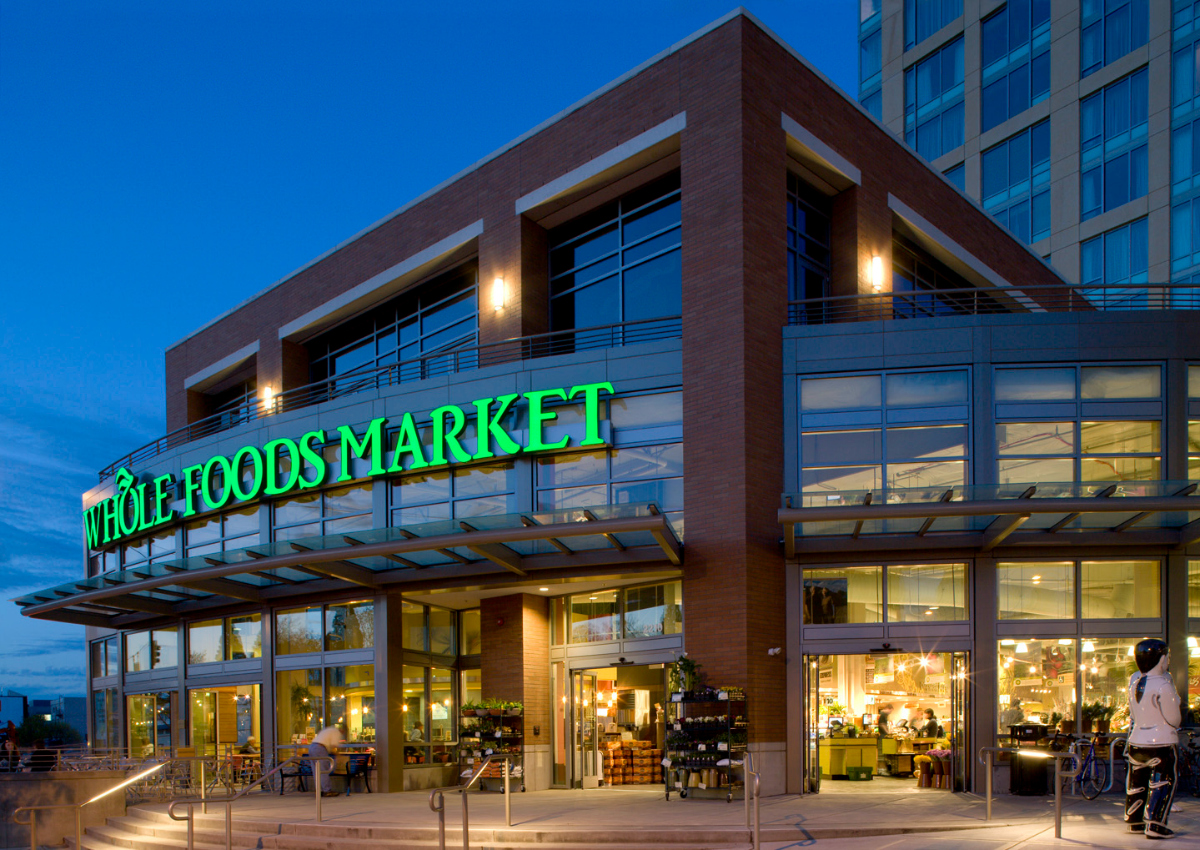
Whole Foods Market is growing with smaller stores, according to USA Today. The supermarket chain, which Amazon bought for $13 billion in 2017, announced plans to launch a new quick-shop format to offer a convenient experience for customers in urban neighborhoods. The retailer’s Daily Shop will allow for more locations in dense metropolitan areas, according to a news release.
The Daily Shops will cover 7,000 to 14,000 square feet, about a quarter to half the size of an average Whole Foods store. Yet guests will still have access to grab-and-go meals and snacks, recipe ingredients, and weekly grocery essentials.
“Though smaller, the stores will still offer Whole Foods Market favorites, including an ample selection of fresh, seasonal produce, meat and seafood, prepared foods like sandwiches and pre-packed meals, breads, alcohol, and supplements, as well as a handpicked range of local specialties and our own 365 by Whole Foods Market brand,” the news release said. The new-format stores are not going to replace the original store format, which averages about 40,000 square feet, the company said.
The first Whole Foods Market Daily Shops will launch in New York City. The first is set to open its doors in Manhattan later this year before additional locations in the city follow suit. This Upper East Side spot also will feature a Juice & Java venue where customers can order coffee, tea, and smoothies as well as soups, sandwiches, and desserts. Whole Foods Market eventually plans to expand to other U.S. cities. The chain has 17 stores in New York City and more than 530 stores in the U.S., Canada, and the U.K.
This is not the first attempt by Whole Foods Market to test the small-format store concept. Back in 2019, the company made a venture into introducing a scaled-down rendition of Daily Shop, spanning a modest 2,500 square feet, situated in New York’s Chelsea neighborhood. Nevertheless, in the throes of the COVID-19 pandemic, the company found it imperative to repurpose the space for online orders, strategically catering to the burgeoning demand for click-and-collect services. Consequently, this particular retail outlet underwent a conversion.
